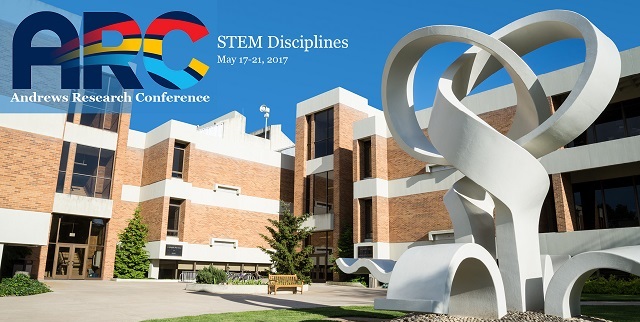Proton Radiation Therapy Cancer Treatment Optimization
Presenter Status
Honors Student, Biophysics
Presentation Type
Oral Presentation
Session
C
Location
Chan Shun 108
Start Date
19-5-2017 9:25 AM
End Date
19-5-2017 9:45 AM
Presentation Abstract
Since the first installation of a hospital-based proton treatment facility at Loma Linda University (LLU) Medical Center in 1990, proton radiation therapy has become a rapidly expanding form of cancer treatment. This highly precise treatment modality spares more healthy tissues and allows higher tumor dose than conventional radiation therapy. This is possible due to the proton’s finite range in matter and the concept of the Bragg peak: a relatively low entrance dose is followed by a high-dose peak positioned in the tumor tissue. To maximize the inherent advantages of proton therapy, the range of protons (proton relative stopping power [RSP]) inside the patient’s body must be determined to its optimum accuracy. In existing proton treatment centers, the information on the proton’s relative stopping power is derived using the patient’s x-ray computed tomography (CT) images, which are reconstructed based on the photon’s relative linear attenuation coefficients, values known as Hounsfield units (HU). As protons and photons interact differently with matter, this conversion process can lead to uncertainties in dose calculations. Finding ways to solve this issue has led to the development of proton computed tomography (pCT). In 2004, a group led by Reinhard W. Schulte of LLU proposed a conceptual design of a pCT scanner for radiation therapy. The pCT would image the patient directly using the same proton beam used for treatment. The group’s prototype pCT scanner has been successfully tested with phantoms and is anticipated to reach its clinical trials stage within the next couple of years. The aim of this research is to conduct a computer simulation study of proton computed tomography system using the Monte Carlo-based Geant4 simulation toolkit.
Biographical Sketch
Honors Student, Biophysics, La Sierra University
Proton Radiation Therapy Cancer Treatment Optimization
Chan Shun 108
Since the first installation of a hospital-based proton treatment facility at Loma Linda University (LLU) Medical Center in 1990, proton radiation therapy has become a rapidly expanding form of cancer treatment. This highly precise treatment modality spares more healthy tissues and allows higher tumor dose than conventional radiation therapy. This is possible due to the proton’s finite range in matter and the concept of the Bragg peak: a relatively low entrance dose is followed by a high-dose peak positioned in the tumor tissue. To maximize the inherent advantages of proton therapy, the range of protons (proton relative stopping power [RSP]) inside the patient’s body must be determined to its optimum accuracy. In existing proton treatment centers, the information on the proton’s relative stopping power is derived using the patient’s x-ray computed tomography (CT) images, which are reconstructed based on the photon’s relative linear attenuation coefficients, values known as Hounsfield units (HU). As protons and photons interact differently with matter, this conversion process can lead to uncertainties in dose calculations. Finding ways to solve this issue has led to the development of proton computed tomography (pCT). In 2004, a group led by Reinhard W. Schulte of LLU proposed a conceptual design of a pCT scanner for radiation therapy. The pCT would image the patient directly using the same proton beam used for treatment. The group’s prototype pCT scanner has been successfully tested with phantoms and is anticipated to reach its clinical trials stage within the next couple of years. The aim of this research is to conduct a computer simulation study of proton computed tomography system using the Monte Carlo-based Geant4 simulation toolkit.



